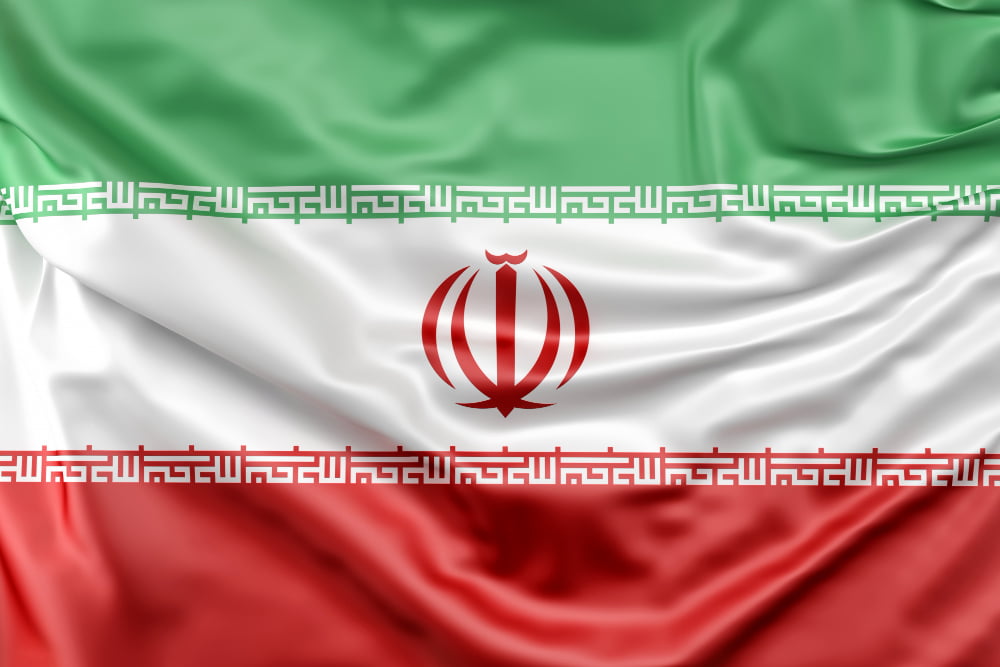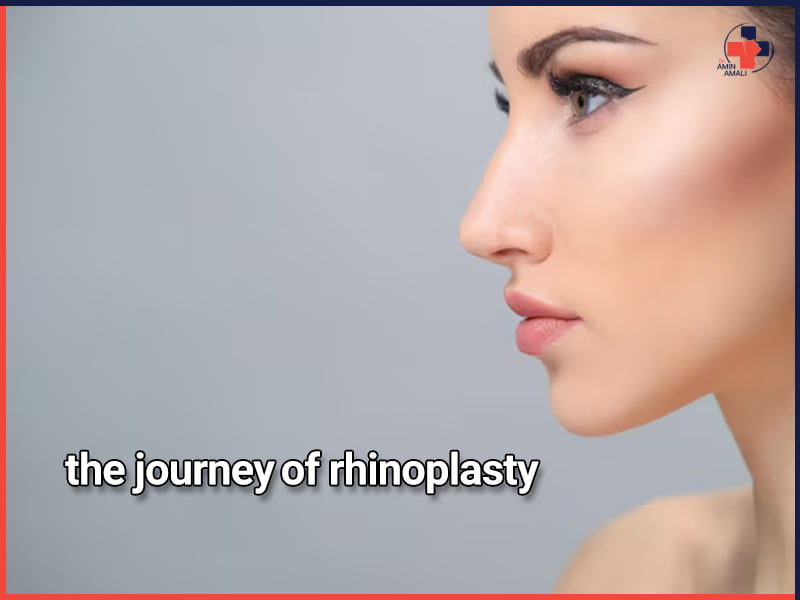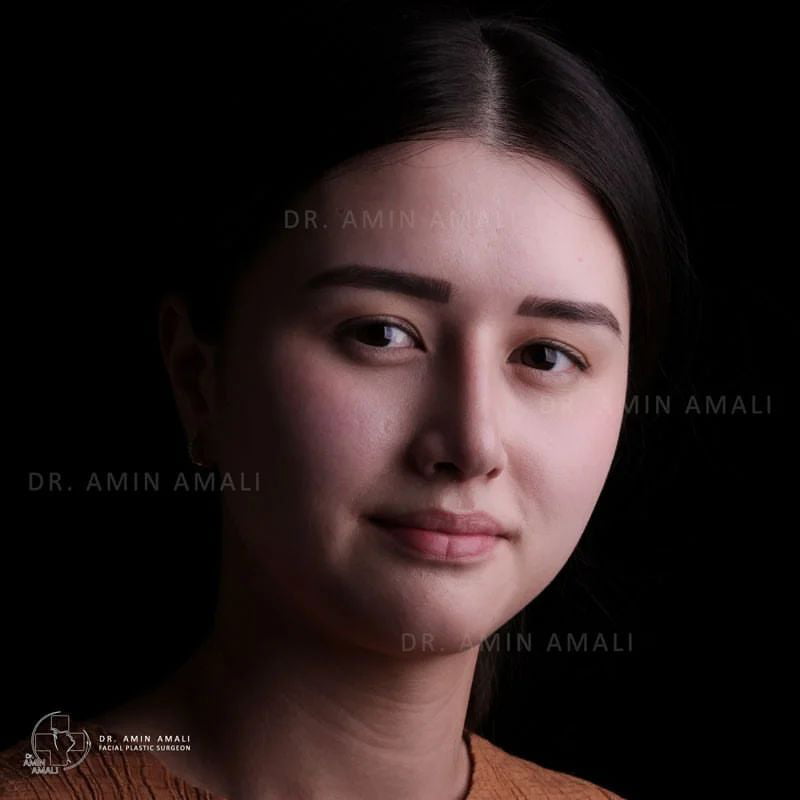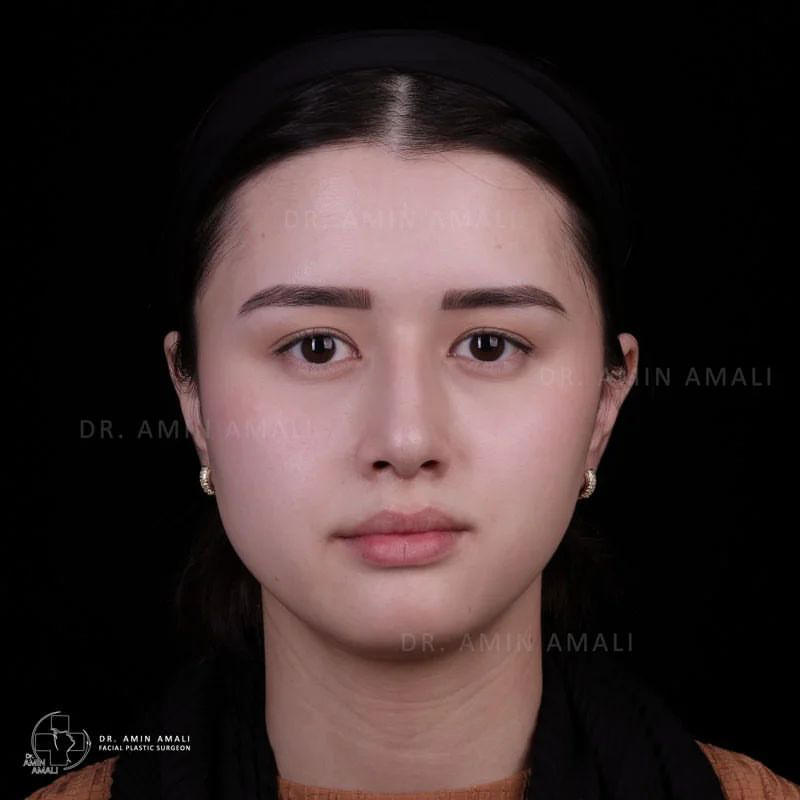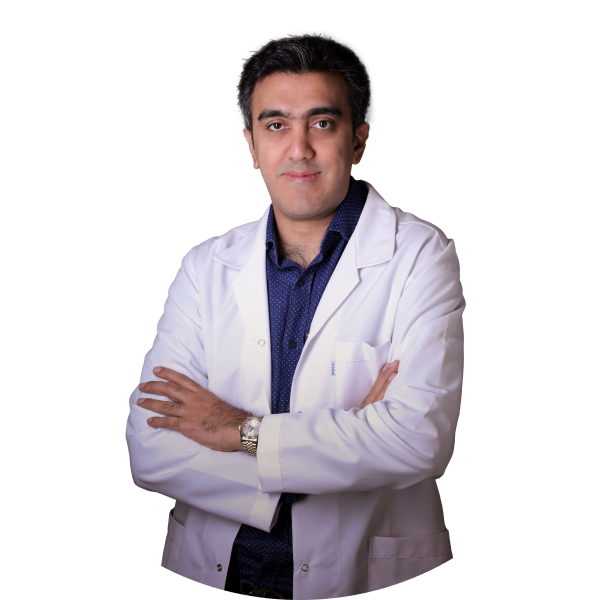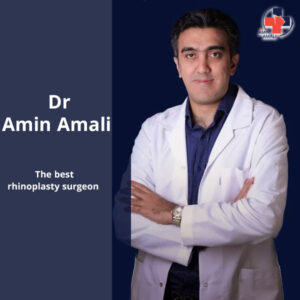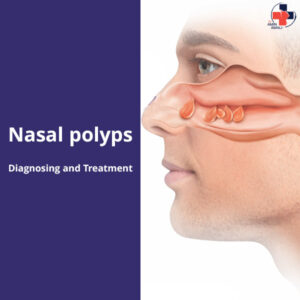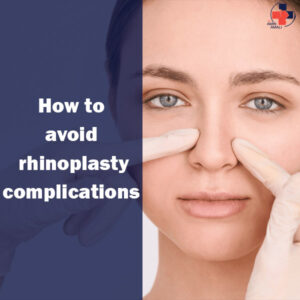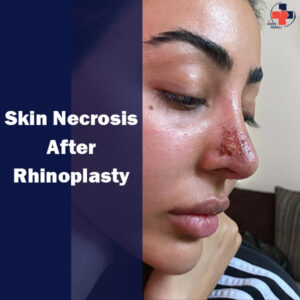In a world where harmony and beauty are always at the top of the list of values, the nose, as a central element in the face, plays a key role in self-confidence and personal beauty. But when does a defect in this delicate organ become a concern in our minds? When does the nose, instead of being in harmony with other facial features, become a factor for dissatisfaction and lack of self-confidence? Rhinoplasty, as a solution to correct the cosmetic and structural defects of the nose, opens a door to a new world of harmony and beauty. Rhinoplasty not only brings a harmonious and charming appearance, but also by increasing self-confidence, opens a new door to a happier and more satisfying life.
In this article, we will take a close look at the different aspects of rhinoplasty, from examining its necessities and goals to introducing the different types of cosmetic nose surgery and its possible complications. A step towards an informed choice and a journey towards beauty and self-confidence.
Rhinoplasty: What are the goals?
Cosmetic goals of rhinoplasty:
- Correction of aesthetic defects: hump nose, deviated nose, wide nose, excessive size or smallness of the nose, asymmetry of the nose, etc.
- Creating harmony with other facial features: Rhinoplasty can enhance facial beauty and attractiveness by creating harmony between the nose and other facial features.
Therapeutic goals of rhinoplasty:
- Correction of breathing problems: Deviated septum, nasal polyps, and other breathing problems that can affect a person’s quality of life can be corrected with rhinoplasty.
- Repair of congenital defects: Congenital defects such as cleft lip or palate that can affect the appearance and function of the nose can be corrected with reconstructive surgery.
Choosing the goal is the first step in the rhinoplasty journey. What are you looking for? More beauty? Proportion with other facial features? Correction of breathing problems? Or repair of congenital defects? By answering this question, you can take this journey with a clearer and more informed perspective.
The rhinoplasty Procedure
this cosmetic pricedure can be classified into two main types : open and closed rhinoplasty. Open nose job involves making an incision on the columella, the strip of tissue that separates the nostrils. This technique provides better visibility and access to the nasal structures, allowing for more precise modifications. On the other hand, closed rhinoplasty involves making incisions inside the nose, thereby leaving no visible external scars. The choice between these techniques depends on the surgeon’s expertise and the patient’s specific condition and goals.
Benefits of Rhinoplasty
- Improved Facial Harmony : The nose plays a crucial role in facial aesthetics, and a well-proportioned nose can greatly enhance the overall balance and harmony of an individual’s face. Rhinoplasty procedure in tehran enables the reshaping of the nose to match the desired facial features.
- Enhanced Self-Confidence : Many individuals with nasal deformities or aesthetic concerns may experience a lack of self-confidence. this surgery can help address these concerns, providing individuals with a newfound sense of confidence and improved self-esteem.
- Correcting Functional Issues : Rhinoplasty is not solely about cosmetic transformations but can also address underlying functional issues. It can alleviate breathing difficulties caused by a deviated septum or narrow nasal passages, leading to improved quality of life.
Considerations and Potential Risks
- Realistic Expectations : It is crucial for individuals considering rhinoplasty to have realistic expectations. While significant improvements can be achieved, it is important to remember that perfection may not be attainable. Consulting with a skilled surgeon can help individuals understand what can be realistically accomplished.
- Surgical Risks : As with any surgical procedure, rhinoplasty in iran carries certain risks. These can include infection, bleeding, adverse reactions to anesthesia, scarring, and asymmetry. However, these risks can be minimized by choosing an experienced and board-certified plastic surgeon.
- Recovery Period : Rhinoplasty in tehran requires a recovery period during which swelling, bruising, and discomfort can occur. Patients should follow their surgeon’s postoperative instructions diligently, which may include avoiding certain activities, such as strenuous exercise, for a specified period.
The Importance of Choosing a Qualified Surgeon
Selecting the right surgeon is critical for achieving successful nose surgery results. A qualified and experienced plastic surgeon with a specialization in rhinoplasty can provide the necessary expertise and guidance throughout the process. Prospective patients should thoroughly research their surgeon’s credentials, reputation, and before-and-after photographs of previous patients to gauge their skill and artistry.
To consult with the Iran best rhinoplasty surgeon in Tehran, enter your name and phone number in the form below. You will be contacted.
Rhinoplasty Result
Who should be cautious about rhinoplasty?
People with health problems: If you have certain medical conditions, such as diabetes, cardiovascular disease, or bleeding disorders, you should consult with your doctor before rhinoplasty. These conditions can increase the risk of complications during surgery, such as infection, bleeding, and heart problems.
Pregnant or breastfeeding women: Rhinoplasty is not recommended during pregnancy or breastfeeding. The hormones released during pregnancy can affect the healing process after surgery, and there is a risk of the anesthesia used during surgery harming the fetus or baby.
Smokers: Smoking can impair the healing process after surgery and increase the risk of complications, such as infection, bleeding, and wound healing problems.
People with unrealistic expectations: It is important to have realistic expectations about what rhinoplasty can achieve. Rhinoplasty can improve the appearance of your nose, but it cannot change your overall appearance. It is also important to be aware of the risks and complications of rhinoplasty, such as infection, bleeding, and scarring.
Preparing for Your Rhinoplasty Essential Steps to Take
Undergoing a nose job procedure is an important decision that requires careful preparation to ensure a successful and satisfactory outcome. By taking the following essential steps before your surgery, you can optimize your experience and enhance your chances of a smooth recovery :
- Research and Consultation : Start by thoroughly researching qualified plastic surgeons who specialize in rhinoplasty. Look for experienced professionals with a good reputation, positive patient reviews, and a portfolio showcasing their past work. Schedule consultations with a few surgeons to discuss your goals, concerns, and expectations. This step will help you find the right surgeon who understands your vision and can guide you through the process.
- Expectations and Communication : During your consultation, communicate openly and honestly with your chosen surgeon. Clearly articulate your goals and expectations for the procedure. It’s important to have a realistic understanding of what can be achieved through rhinoplasty in tehran. Your surgeon will evaluate your nasal structure, discuss potential outcomes, and provide valuable insights. Establishing clear communication and trust are key factors in achieving the desired results.
- Medical Evaluation : Your surgeon will conduct a thorough medical evaluation to assess your overall health and determine if you are a suitable candidate for this operation. They may review your medical history, perform a physical examination, and request additional tests if necessary. Being transparent about your medical background, including any pre-existing conditions, allergies, medications, or previous surgeries, is crucial to ensure your safety and tailor the procedure to your unique needs.
- Lifestyle Adjustments : In the weeks leading up to your rhinoplasty, make certain lifestyle adjustments to optimize your health and promote a smooth recovery. Quit smoking, as smoking can interfere with the healing process and increase the risk of complications. Avoid taking certain medications and supplements that might interfere with the surgery or recovery process. Your surgeon will provide specific guidelines regarding which medications to discontinue and for how long.
Rhinoplasty anesthesia
The type of anesthesia used for rhinoplasty depends on the surgeon’s preference, the complexity of the procedure, and the patient’s individual needs.
General anesthesia is the most common type of anesthesia used for rhinoplasty. It is a deep sedation that renders the patient unconscious and unaware of the surgery. General anesthesia is typically administered through an IV line and involves breathing through a mask or tube.
Local anesthesia can be used for rhinoplasty, but it is less common than general anesthesia. Local anesthesia numbs the area around the nose, so the patient is awake during the surgery but feels no pain. However, local anesthesia may not be suitable for all types of rhinoplasty, especially those that require extensive manipulation of the bone and cartilage.
Twilight sedation, also known as conscious sedation, is a type of anesthesia that provides relaxation and pain relief without fully sedating the patient. The patient is awake and able to communicate with the surgeon, but they may feel drowsy or have a reduced memory of the surgery. Twilight sedation is often used for less invasive rhinoplasty procedures.
The anesthesiologist will discuss the risks and benefits of each type of anesthesia with the patient and make a recommendation based on their individual needs.
What is the best age for rhinoplasty?
The best age for rhinoplasty is typically between the late teens and early twenties. This is because the nose is typically fully developed by this point, and the surgeon can be more confident in making the desired changes. Additionally, most people are more mature and emotionally stable in their late teens and early twenties, which can help them make a more informed decision about whether or not to have rhinoplasty.
However, there are some cases where rhinoplasty may be considered for younger patients. For example, if a child has a severely deviated septum that is causing breathing problems, rhinoplasty may be recommended to correct the problem. Additionally, some teens may have severe cosmetic concerns about their nose that are causing them significant emotional distress. In these cases, a qualified surgeon may recommend rhinoplasty to help improve the patient’s quality of life.
Ultimately, the best age for rhinoplasty is a decision that should be made on a case-by-case basis. It is important to talk to a qualified surgeon about your individual circumstances and goals before making a decision. Here are some factors to consider when deciding if rhinoplasty is right for you, regardless of your age:
- Your reasons for wanting rhinoplasty. Are you looking to improve your appearance or to correct a medical problem?
- Your expectations. It is important to have realistic expectations about what rhinoplasty can achieve. It is not a magic bullet that will make you look like a different person.
- Your lifestyle. Rhinoplasty requires some recovery time, so you will need to be able to take it easy for a few weeks.
- Your health. You should be in good general health before undergoing rhinoplasty.
Conclusion
nose surgery operation offers individuals the opportunity to enhance their facial aesthetics, correct functional issues, and regain confidence in their appearance. With careful consideration, realistic expectations, and the support of a skilled surgeon, the art of rhinoplasty in iran can lead to transformative results. It is important to remember that every individual’s case is unique, and a personalized consultation with a qualified professional is indispensable to determine the best approach for achieving the desired results. Remember, a well-informed patient is an empowered patient!

